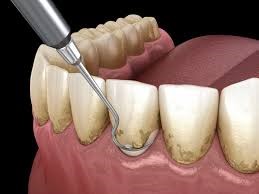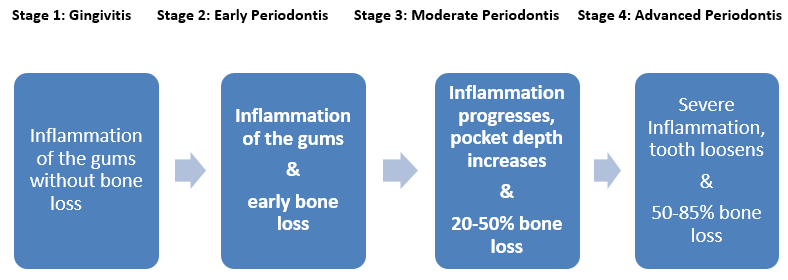Gum Disease Treatment
- Home
- Treatments
Periodontal diseases refer to prolonged infection of the gums which eventually destroys the support structure of your natural teeth. The long-term goal of a periodontal surgery is to increase the longevity of your teeth. There is a familiar saying, ‘if you look after your teeth, they will look after you.’ This certainly holds true for a successful periodontal treatment.

What is Gum disease Treatment
Periodontal disease affects the surrounding areas of the teeth, primarily the gum tissues, periodontal ligament and the bone. Gum diseases are caused due to bacterial infection in gums and can spread from the gums to the bone that supports the teeth. Periodontal disease can be detected early by your dentist during a general check-up. Depending on their findings, your dentist may recommend you a visit to the periodontist, a dentist who specialises in diagnosis and treatment of periodontal diseases. The periodontal treatment is primarily aimed at controlling the growth of microbial dental plaque which is the main cause of periodontal (gum) diseases.
Symptoms of Gum disease disease
- Reddening of gums, swollen or tender gums.
- Bleeding gums during or after tooth brushing or flossing.
- Bad breath and taste in the mouth are also common signs.
- Gum tissues around the teeth start to loosen out, causing pocket formation.
Add Your Heading Text Here

Effective Treatments
Scaling: This is a deep-cleaning technique which removes calcified plaque, tartar or other bacterial toxins deposited into the root surfaces. They are cleaned from beneath the gum line using ultrasonic and hand scaling instruments. Patient may be administered local anaesthesia.
Orthodontic Treatment: Once the inflamed gums have been treated, the next phase of treatment includes treating bite disorders. It addresses issues of loose teeth, clenching, or grinding habits which is treated through orthodontic (teeth movement) treatment or occlusal bite therapy.
Gum Drafting: This includes taking healthy gum tissue from one area of the mouth and moving it to areas of lost gum tissue to protect the tooth roots. This is done using a lab-processed donor tissue.
Periodontal Surgery: Surgical treatment is needed in case of severity of periodontal disease, wherein the initial therapy does not work. In this method, dentist will perform surgical repair of lost gum and bone tissue. It involves a variety of plastic surgical methods in order to remove diseased gum pockets, repair and regenerate gum and periodontal tissues and return them to its normal functioning. This can be also done through laser to remove diseased gum tissue in an effective and comfortable manner.
FAQs
Plaque is the sticky, clear film that accumulates on your teeth. Bacteria which thrive in plaque emit acidic secretions which result into tooth decay and gum infection. Over a period of time, plaque gets hardened and is known as tartar.
If left untreated, the disease progresses and leads to severe damage to gums and surrounding tissues and teeth loss. It will also affect your ability to speak, bite and smile properly.
The principal reason for gum ailment is dental plaque. This can be overcome by proper brushing and flossing, and scheduling regular dental cleanings. Also eat a healthy diet, low in sugar and avoid tobacco to keep your gums healthy.
Advancements in the field of periodontal surgery makes it possible to treat most of the cases. However, in case your teeth cannot be saved, there are replacement options such as dental implants.
